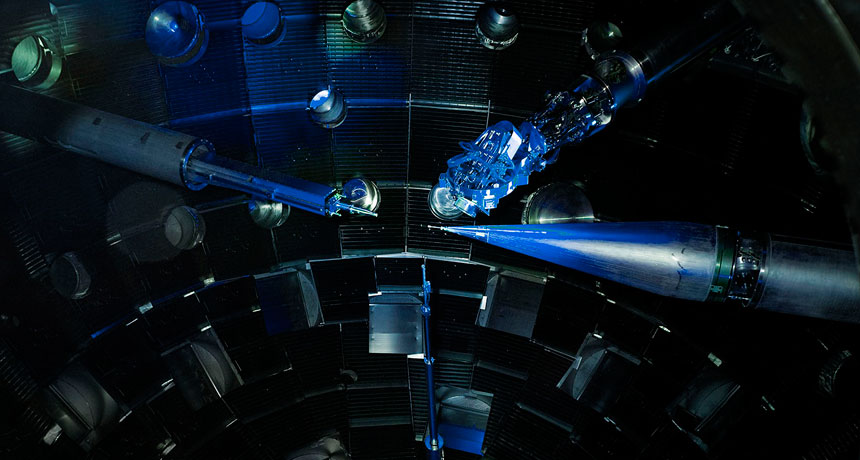
To explain asteroid composition, scientists invoke nuts
Science News, August 2014Brazil nut effect BRUH-zil nuht ih-fekt n. The phenomenon in which a mixture’s larger objects, such as Brazil nuts in a can of mixed nuts, rise to the top when the mix is shaken vertically. Some scientists think that smaller nuts slip into the spaces under the larger ones during each shake.





